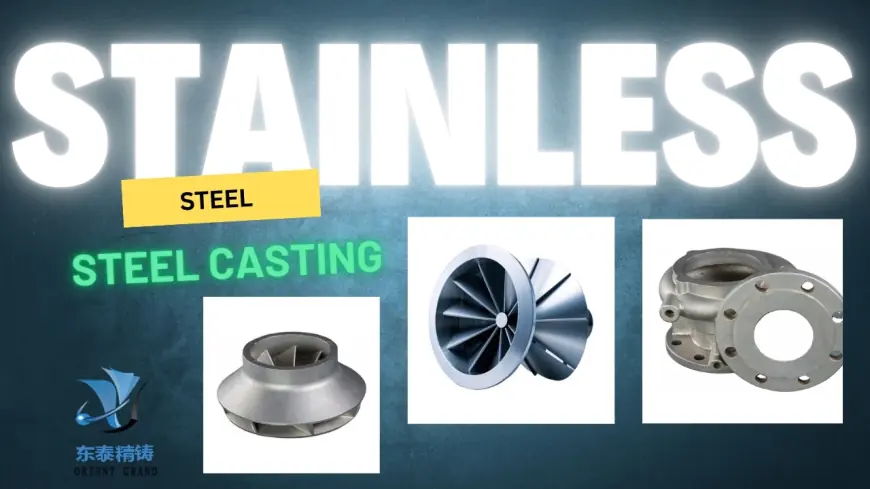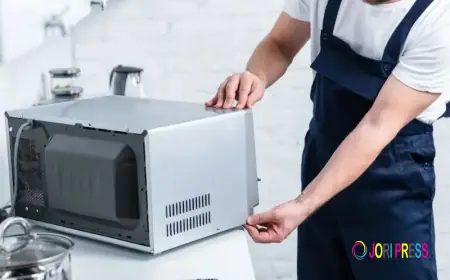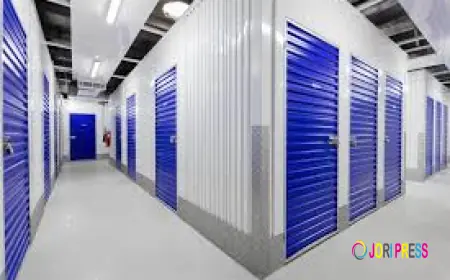Stainless Steel Investment Cast for Nuclear
Stainless Steel Investment Cast for Nuclear

The nuclear industry demands components that can withstand extreme temperatures, radiation exposure, high pressures, and corrosive environments for decades without failure. Stainless Steel Investment Cast for Nuclear has become one of the most reliable manufacturing methods for producing such critical parts. This process delivers intricate geometries, consistent tolerances, and exceptional metallurgical properties—making it ideal for nuclear reactors, containment systems, and fuel handling equipment.
In this guide, we’ll explore:
-
What stainless steel investment casting is
-
Why it’s essential in nuclear applications
-
The most common stainless steel grades used
-
The investment casting process
-
Advantages for nuclear-grade components
-
Safety and quality compliance standards
-
Applications within the nuclear industry
Understanding Stainless Steel Investment Casting
Investment casting—also known as lost-wax casting—is a precision manufacturing process where a wax model of the part is coated in a ceramic shell, melted away, and replaced with molten stainless steel.
This technique is prized in the nuclear sector because it allows:
-
Complex shapes without extensive machining
-
Consistent dimensional accuracy
-
High material integrity free from welding weak points
For nuclear components, stainless steels such as 304, 316, 17-4 PH, and duplex alloys are frequently used due to their resistance to stress corrosion cracking (SCC) and high-temperature performance.
Why Stainless Steel Is Crucial in Nuclear Applications
Extreme Environment Resistance
Nuclear reactors expose components to high radiation, elevated temperatures, and chemically aggressive coolants. Stainless steel’s chromium-rich composition forms a passive oxide layer, protecting against:
-
Chloride-induced corrosion
-
Acidic water corrosion
-
Oxidation at high temperatures
Long-Term Structural Stability
Nuclear components often operate for 40–60 years without replacement. Stainless steel’s creep resistance and metallurgical stability under neutron irradiation make it a preferred choice.
Safety and Compliance
Nuclear safety standards are uncompromising. Stainless steel castings meet ASME and ASTM nuclear-grade specifications, ensuring reliability under emergency conditions.
Common Stainless Steel Grades in Nuclear Investment Casting
| Alloy Grade | Key Properties | Nuclear Applications |
|---|---|---|
| 304/304L | Excellent corrosion resistance, good weldability | Piping, structural supports |
| 316/316L | Superior chloride corrosion resistance | Reactor coolant systems |
| 17-4 PH | High strength, good toughness | Control rod components |
| Duplex SS | High strength + corrosion resistance | Seawater cooling systems |
| Inconel & Superalloys (sometimes used) | Extreme heat & radiation resistance | Turbine & containment parts |
Stainless Steel Investment Casting Process for Nuclear Components
-
Wax Pattern Creation – A detailed wax replica is made of the final part.
-
Assembly & Sprue System – Wax patterns are attached to a central sprue.
-
Ceramic Shell Building – Multiple ceramic coatings are applied and dried.
-
Dewaxing – The wax is melted out, leaving a hollow ceramic mold.
-
Preheating the Mold – Molds are heated to avoid metal shock.
-
Metal Pouring – Molten stainless steel is poured into the mold.
-
Cooling & Shell Removal – Ceramic shell is broken away.
-
Cutting, Finishing & Heat Treatment – Gates are removed, parts are machined, polished, and heat treated for nuclear-grade strength.
-
Testing & Certification – Non-destructive testing (NDT) ensures zero defects.
Advantages of Stainless Steel Investment Casting for Nuclear Industry
Precision & Complexity
Allows for intricate part geometries like reactor fuel grid spacers without welding multiple components.
Material Performance
Maintains mechanical properties under both cryogenic and high-temperature conditions.
Reduced Machining
Near-net-shape casting reduces waste, machining time, and cost—critical in nuclear-grade materials.
Consistency
Batch production ensures dimensional repeatability for standardized nuclear components.
Safety and Quality Standards for Nuclear Castings
-
ASME Boiler and Pressure Vessel Code (BPVC) Section III – Nuclear facility construction materials.
-
ASTM A743/A744 – Specifications for stainless steel castings for corrosive and high-temperature service.
-
NQA-1 – Quality assurance requirements for nuclear facility applications.
-
Non-Destructive Testing (NDT) – Radiographic, ultrasonic, and dye-penetrant inspections to detect flaws.
Applications of Stainless Steel Investment Castings in the Nuclear Sector
-
Reactor Core Components – Fuel spacers, control rod guides
-
Coolant System Parts – Pump impellers, valve bodies, pipe fittings
-
Containment Structures – High-strength fittings and fasteners
-
Turbine and Steam Systems – Blades, casings, housings
-
Safety Mechanisms – Emergency shut-off valves, sensor housings
Future Trends
With the growing focus on small modular reactors (SMRs) and advanced nuclear technologies, stainless steel investment casting will continue to evolve toward:
-
Higher-strength alloys with radiation shielding properties
-
Additive manufacturing combined with investment casting
-
Tighter tolerances through AI-driven process control
Conclusion
Stainless steel investment casting is a cornerstone technology in the nuclear industry. It offers unmatched precision, corrosion resistance, and long-term reliability—ensuring that nuclear reactors and safety systems perform flawlessly for decades. By combining advanced metallurgy with rigorous quality control, manufacturers can deliver components that meet the most demanding global nuclear standards.
What's Your Reaction?
 Like
0
Like
0
 Dislike
0
Dislike
0
 Love
0
Love
0
 Funny
0
Funny
0
 Angry
0
Angry
0
 Sad
0
Sad
0
 Wow
0
Wow
0




















































